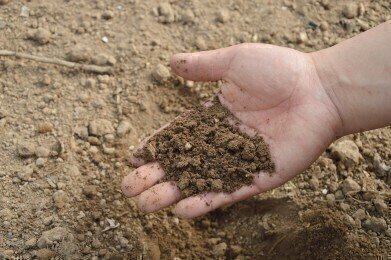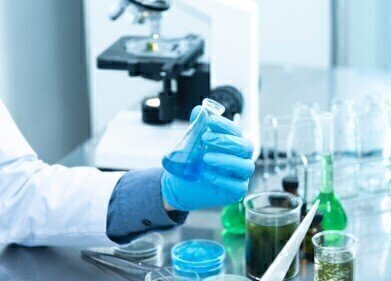Soil remediation
What Is Meant By Soil Remediation?
Jun 07 2022
Over the last 200 years or so, the Industrial Revolution has witnessed massive advances in human activity, industry and technology. While this has generally led to a higher quality of life for many people, it has unfortunately had undesirable consequences for the environment. The soil upon which our buildings are constructed and in which our crops are grown is one such casualty of this phenomenon.
When soil becomes contaminated with pollutants such as chemicals, heavy metals and hydrocarbons, it can affect the ecosystems and organisms which depend upon it for survival. It can even pose an environmental and health threat for human habitation, meaning it must be cleaned up before it can be used. This job is the purpose of soil remediation.
How does soil remediation work?
Generally speaking, there are two broad categories of soil remediation: clean-up and stabilisation. As the name suggests, the former concerns itself with removing or destroying the pollutants that are contained within the terrain so as to boost its quality. There are various different techniques which approach the issue in this manner.
Stabilisation, on the other hand, is less about removing the contamination from the soil and more about ensuring the problem doesn’t deteriorate further. Also known as containment or encapsulation, this approach neutralises the pollutant’s bioavailability, which prevents it from moving around and spreading to other soil and/or water sources in its vicinity.
What are some soil remediation techniques?
There are a variety of different soil remediation techniques which fall into these two categories. These include such sophisticated methods as bioremediation (the use of biological mechanisms, such as aerobic and anaerobic bacteria, to tackle the pollutants), thermal desorption (the use of heat to diminish concentrations of certain pollutants such as hydrocarbons) and air sparging (the injection of air into contaminated soil to force organic vapours out of the soil, where they can be treated via filtration equipment).
Of course, these are just three among many soil remediation techniques. Determining which approach will be most effective for dealing with your unique problem will depend upon a variety of factors. These include the type of soil in question, the contaminants being dealt with and their concentrations, as well as the ultimate goal of remediation. For example, working with asbestos in soil requires a very different approach to other forms of contamination.
What can happen if contaminated soil is not treated?
When soil becomes saturated with pollutants to a concentration that it becomes unsafe for cultivating crops or supporting human or animal life, it must be remediated. Failure to do so will result in the land becoming barren and unusable, which will pose an ever-larger problem as the population of the globe continues to increase.
What’s more, it could have even more undesirable consequences in the shape of water contamination. Over time, these pollutants can leach into groundwater and subterranean aquifers, or else become washed into surface water sources. As well as compromising the survival of the flora and fauna which live there, this could also potentially endanger drinking water supplies as well.
Events
May 18 2025 Algiers, Algeria
23rd International Water Management Exhibition
May 20 2025 Prague, Czech Republic
Singapore International Water Week Spotlight 2025
Jun 23 2025 Singapore
Jun 25 2025 Sao Paulo, Brasil
Jul 02 2025 Bangkok, Thailand














